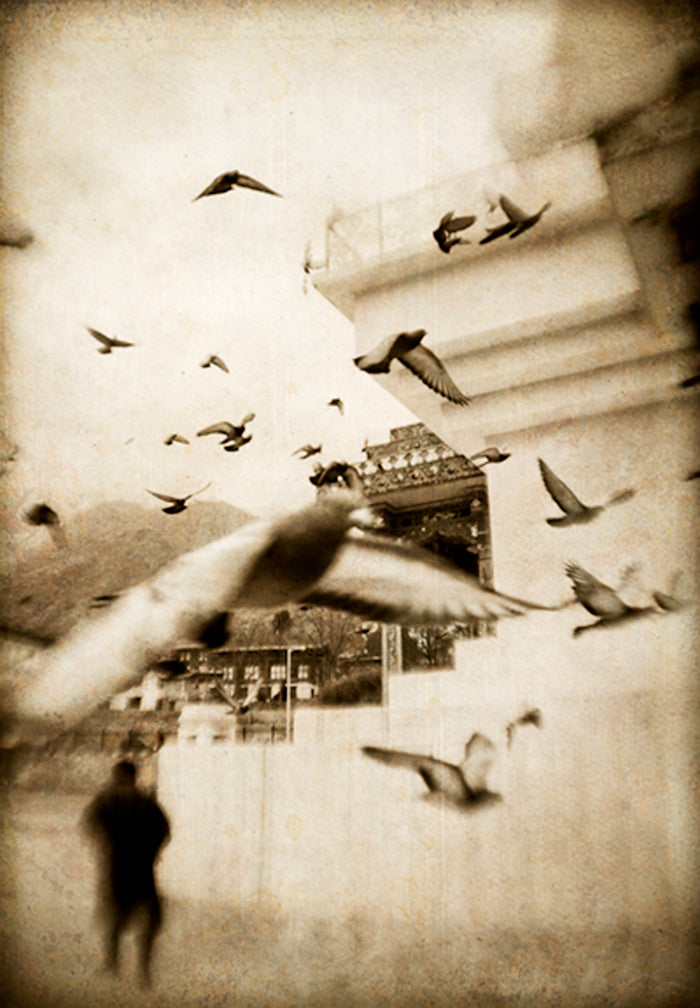
"I've used a Zone Plate extensively in the past with large and medium format cameras as well as plastic lens "crappy" cameras, so swapping the various optics - glass, plastic, pinhole/zoneplate - is a great idea!" -Richard Murai
How did you become interested in documenting sacred sites of the world?
Richard: Since the early '80's, my earliest experiences with world travel seemed to center around locations imbued with religious or spiritual significance. So over the years my work quickly evolved into an ongoing project of exploring the visual trappings of intense religious fervor that exists in diverse cultures.
Usually documentary work calls to mind a crisp journalistic style of photography. Why did you take a more artistic approach?
Richard: I've melded documentary work with the more contemplative lanscape ideal. For these latest projects I was looking to depart from formal conventions that rely on the literal and that exist in my previous work. I often use Zeiss Softars for their halated, soft glow to the Lensbaby offered a marked departure with its controlled yet impressionistic and wistful vibe. Since the Lensbaby is small and easy to pack I always have access to one when I travel.
Which elements of the Lensbaby System 'click' best with your personal style?
I've been using Lensbabies since their inception. The Original Lensbaby, the precursor to the much improved Muse, allowed a reflexive spontaneity while the latest Composer allows more precise predetermined control. Before embarking on several projects last year I was excited to acquire a Composer and the optional optics. I've used a zone plate extensively in the past with large and medium format cameras as well as plastic lens "crappy" cameras, so the advantage of easily swapping the various optics - glass, plastic, pinhole/zone plate - is a fabulous idea! After some experimentation, I decided on the plastic lens (without ANY aperture disc) with the .6x Wide Angle adapter and used this combination for all of the work in Laos and Bhutan. On a full frame digital, this combination offered the maximum smearing and melding of the tonal scale with a beautiful luminescent glow. Another advantage of the large aperture is the ability to work in extremely low light environments - alleys, interiors, night time.
I ultimately introduced several textural overlays and split toning in post-processing and the image encountered yet more softening by printing them large (24"x36") using heavily textured Japanese mulberry paper. The completed images have a definite historical appeal of the early pictorial work of 20's.




Leave a comment
All comments are moderated before being published.
This site is protected by hCaptcha and the hCaptcha Privacy Policy and Terms of Service apply.